Hearthstone has recently revealed the backstories behind the ten new mercenary characters that are playing a large role in the overarching story of the Year of the Gryphon. While the characters themselves are interesting and their interactions and group stories sound like a very fun and promising story along the lines of a well-formed D&D party, the revelation of this story also implied massive implications for the Hearthstone universe as a whole and its relation to the canonical lore of World of Warcraft.
It has long been established that, while Hearthstone is set in the world of Azeroth from World of Warcraft, it is far freer with being both lighter in tone and inserting its own ideas into the world. For example, the city of Gadgetzan is far bigger and more interesting as the "Gangsters Paradise" depicted in Hearthstone than the small desert outpost it is in WoW. Also, various events like Dalaran being stolen or Galarkond being resurrected never happened in WoW. This relationship is easily explained and reconciled as fun stories told around the hearth in the Hearthstone Tavern that are either tall tales where people get some details wrong—as happens frequently in the real world—or people just sharing fun "what if" stories.
What if all the class heroes became death knights?
What if Scholomance was a fun magical university before it was a headquarters for evil necromancers?
While there have been some connections between the stories of Hearthstone sets in small references, and a larger connection established through characters like the Explorer's League who appeared in multiple sets, the stories released for the new mercenary characters have now further established that all Hearthstone stories and card expansions take place in one connected shared universe. For example, the return of Kazakus from Gadgetzan as a major character in the overarching story, or this quote from Tamsin Roame's story:
"With a letter of recommendation from Archmage Antonidas, she was accepted to study at Scholomance Academy in Lordaeron, – only to be cut down during the Scourge invasion."
Is it just me, or does Tamsin Roame look familiar?
Note that it specifically calls it "Scholomance Academy", a Hearthstone-unique term, indicating Tamsin did not attend the Scholomance from WoW lore, which was evil from the start. What does this all mean and why is it important, you ask? The answer is that this further supports the idea that any setting or character from a past or present set has the potential to be a background setting or be revisited in a future one as the unique shared Hearthstone version of the WoW universe builds and expands over the years. Perhaps we could one day follow a knight who competed in the Grand Tournament, or a troll who once was champion of Rastakan's Rumble. There are so many possibilities as the connections grow stronger and expand further.
Another important piece of information we've been given regarding Hearthstone's own unique and separate universe is the conscious choice of the Heathstone developers to shift events in the timeline. A special note appears in both Xyrella and Varden Dawngrasp's stories that states the following:
Quote From Blizzard Dev Note: The Hearthstone timeline diverges from the Warcraft canon at many points. (Hijacked Dalaran, anyone?) Notable to Year of the Gryphon, the Exodar crashes, and the Sin'dorei join the Horde, during the events of King Varian's kidnapping, approximately one year before the Invasion of Outland. (See Book of Heroes: Valeera for more info.)
So we now have official confirmation that, not only are the events of Hearthstone set in their own version of the WoW universe, but this universe also has an official timeline the developers are keeping in mind as they further the Hearthstone story, but why was this change to the Hearthstone timeline made? I can think of a couple of reasons.
Firstly, the story in the Barrens is set in what could be considered the time period of World of Warcraft Classic. That is, the first content of the game when it launched before the Burning Crusade expansion brought Illidan Stormrage and the world of Outland to the game. In WoW, the story of Outland is what brought the Draenei to Azeroth in their crashed ship, the Exodar, and motivated the Blood Elves, or Sin'dorei, to join the Horde. The Hearthstone team has chosen to move these events back a few years so these two races can be members of their respective factions at the Classic and pre-Outland time period the story of the Year of the Gryphon appears to be set in.
One of the final events of the Classic period before the Invasion of Outland was the kidnapping of King Varian Wrynn by the black dragon Onyxia, a story touched on in Valeera's chapter of the Book of Heroes. To learn more about this context, check out our story guide for that adventure; It is apparently around the same time that story is taking place that we begin the story of Hearthstone's Year of the Gryphon. With the concepts of a fixed Hearthstone timeline and ever-expanding connected universe, I for one am excited to see this tale unfold and learn more about where else it will choose to diverge from canon WoW lore as it continues to develop its unique identity.
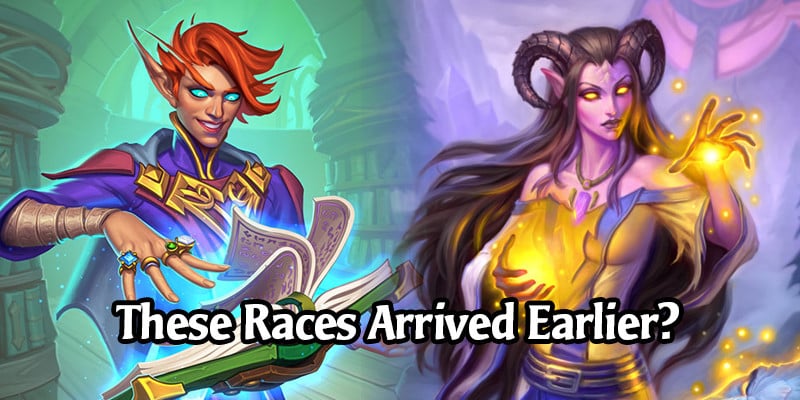
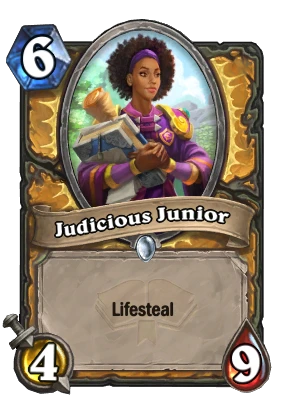
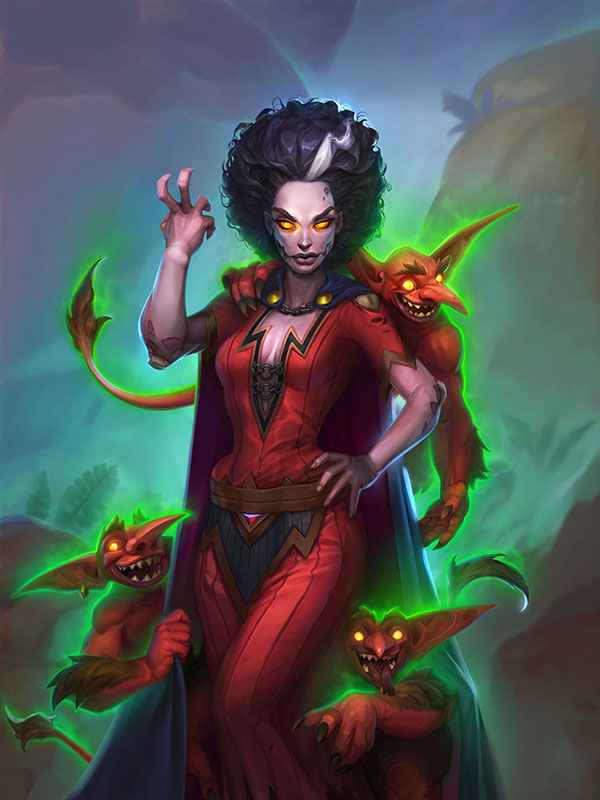
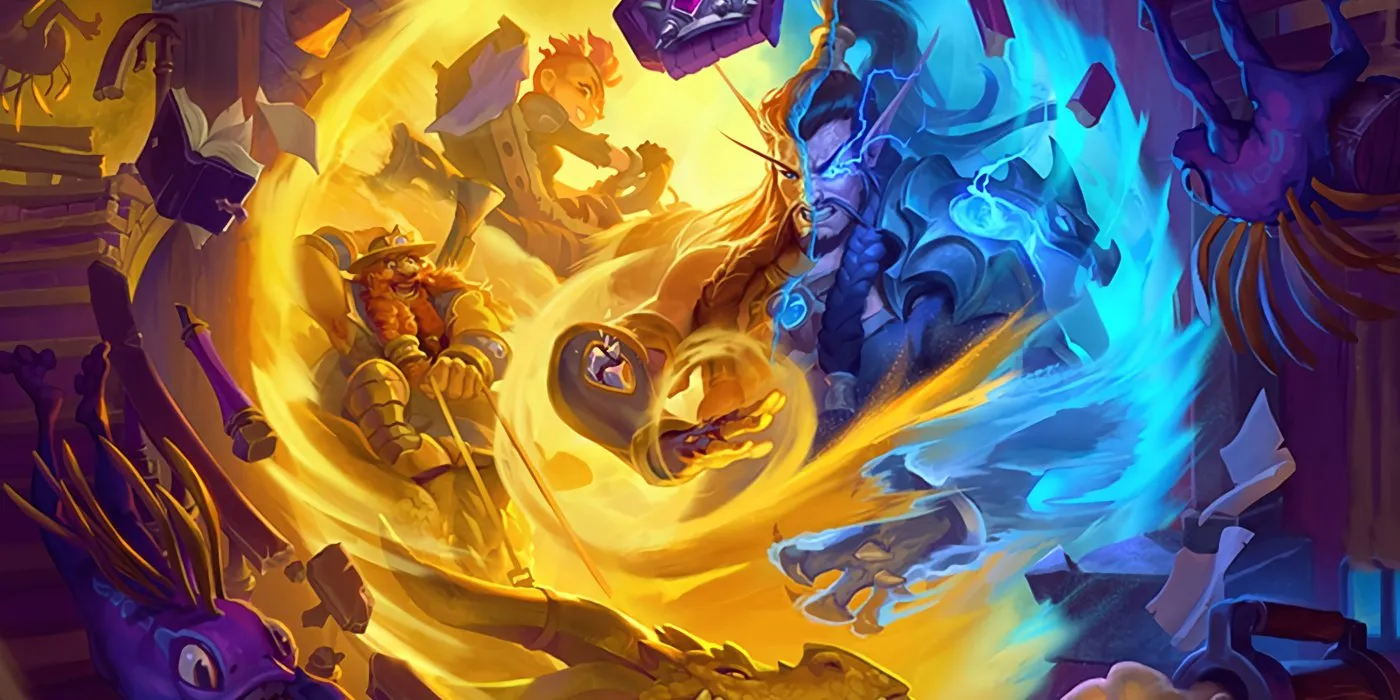
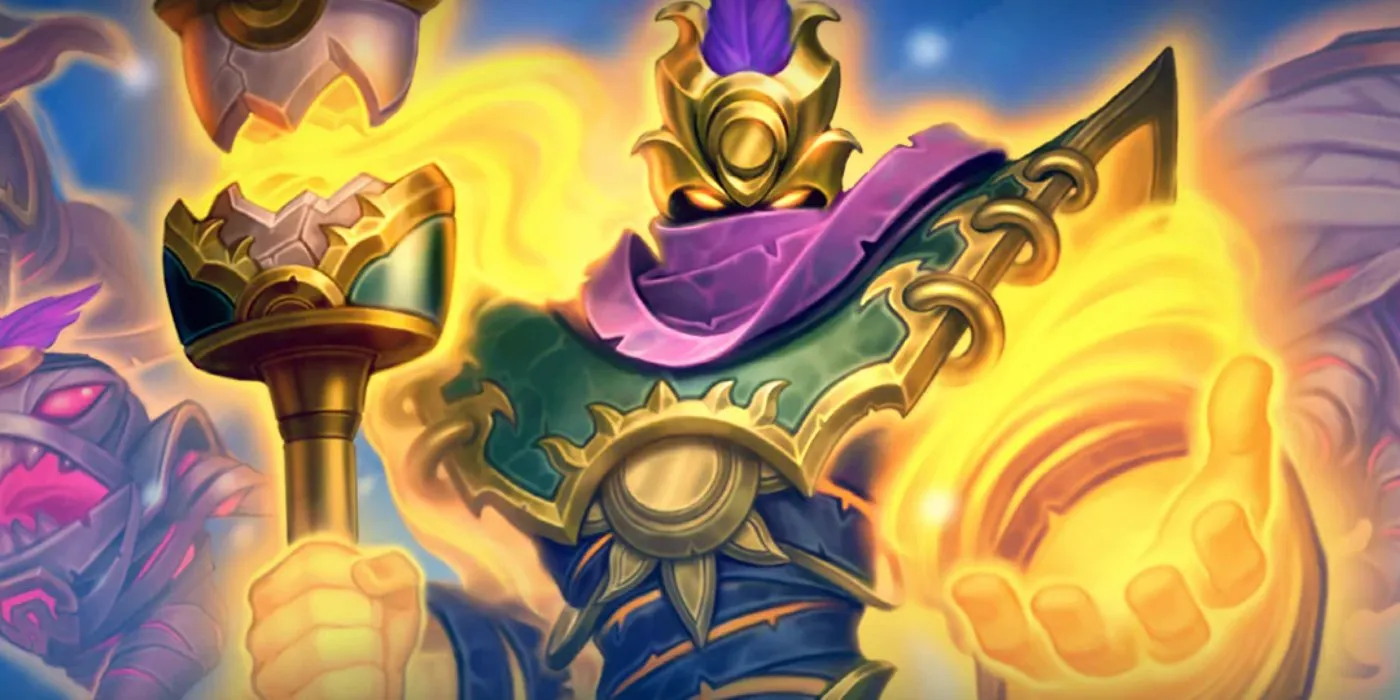
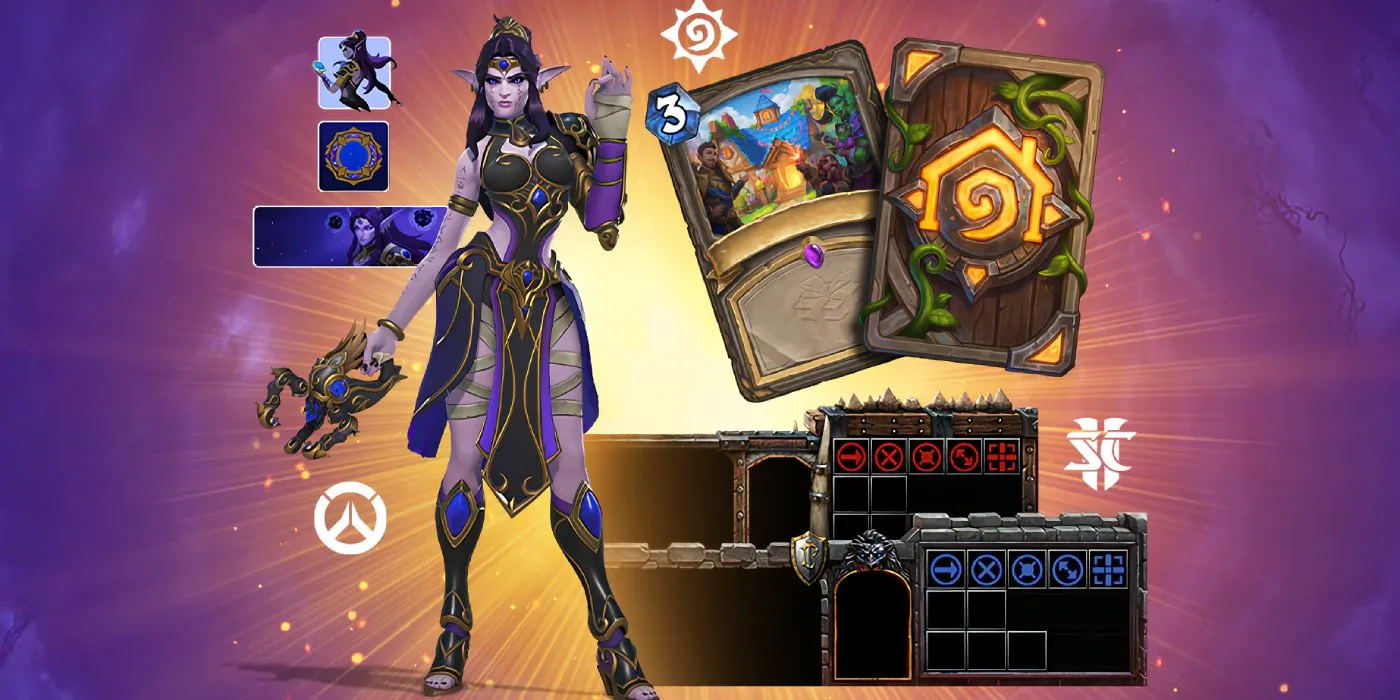
Comments
I was sure it had existed since
Journey to Un’Goro - Lost in the Jungle : George and Karl were never heard from again
Kobolds and Catacombs :
The Dalaran Heist
Saviors of Uldum
Galakrond's Awakening
I always thought the blood elves had joined the Horde during Varian's kidnapping anyway. That's exactly the context of the World of Warcraft comics in which Valeera appears, which are set somewhere in the late Burning Crusade (BC) time period.
Those comics definitely ret-conned the timeline to begin with, by shifting Onyxia's death at the hands of players in Classic to death at the hands of Varian (alongside Valeera, Broll and Jaina) in BC. Despite being at odds with WoW Classic, they're still the canon version of events.
So I'm not entirely sure the timeline has actually been played around with for HS canon (at least not regarding the blood elves and draenei taking part). All it needs is to say the Year of the Gryphon is taking place in late BC, rather than forcing it into Classic and opening up a bunch of unnecessary inconsistencies (including Garrosh's presence, btw).
About Judicious Junior being Tamsin Roame: